[Introduction] On April 17, 2019, the China-Germany Food Safety Testing Technology Seminar was successfully held in Beijing.
In order to further strengthen the academic exchanges on food safety inspection and testing at home and abroad and promote the healthy development of food safety related industries, the China Institute of Inspection and Quarantine and the Chinese Instrument Society jointly hosted the "2019 China-Germany Food Safety Testing Technology Seminar". The conference invited Professor Anderas Hensel and Professor Carsten Fauhl-Hassek of the German Federal Institute for Risk Assessment, Chief Experts of the China Institute of Inspection and Quarantine Researcher Zhang Feng, Researcher Wu Yajun, Researcher Ma Qiang, Researcher Shao Bing of the Beijing Center for Disease Control and Prevention, Researcher Yue Zhenfeng of the Shenzhen Customs Food Inspection and Quarantine Technology Center and other senior experts in the industry to conduct in-depth discussions on cutting-edge food safety detection technologies and provide an international exchange platform. The conference attracted more than 200 people working in the field of food safety testing.

Group photo of all participants
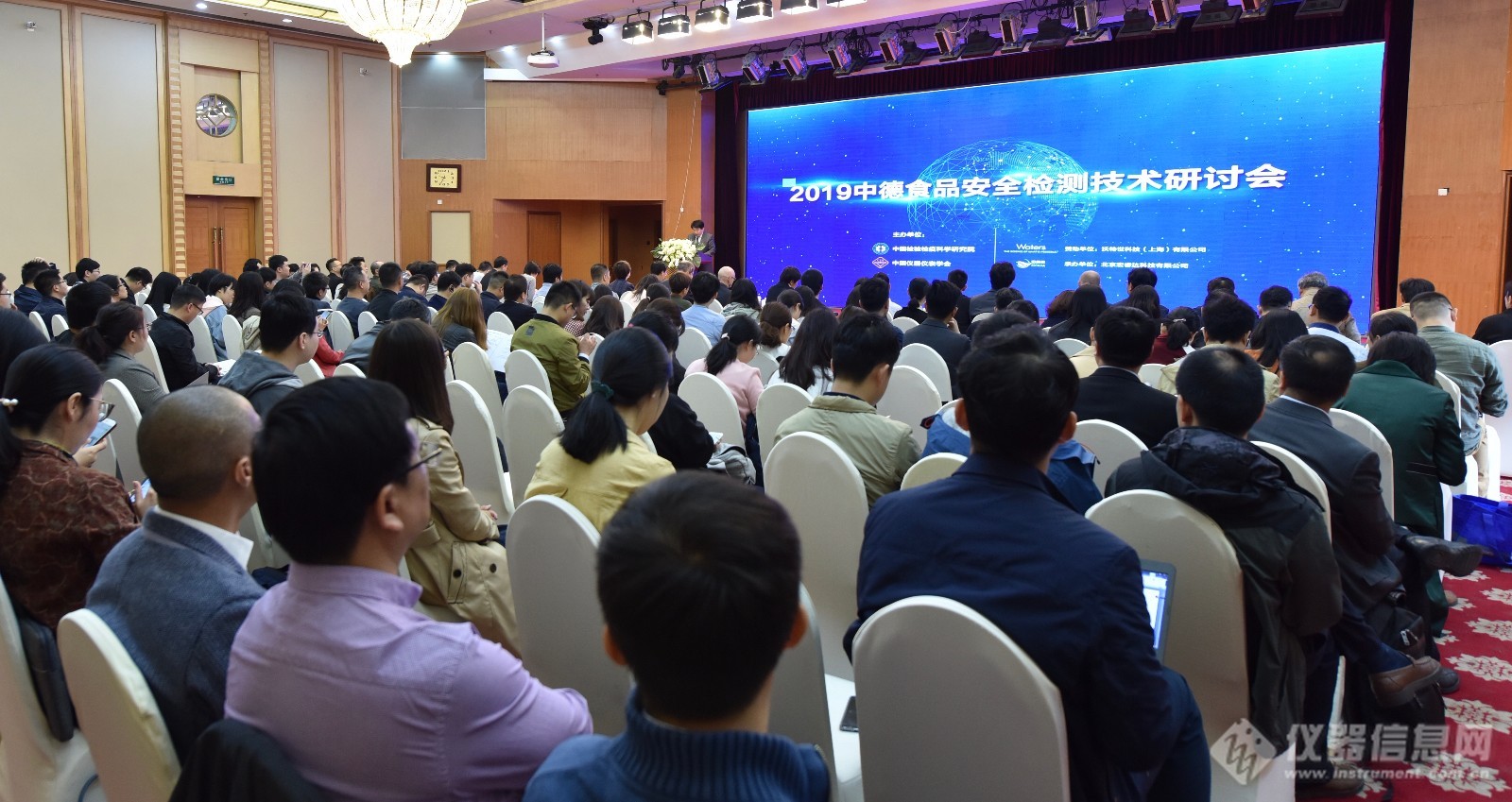
Seminar site
1. Opening Ceremony
1. Speech by Chinese leaders
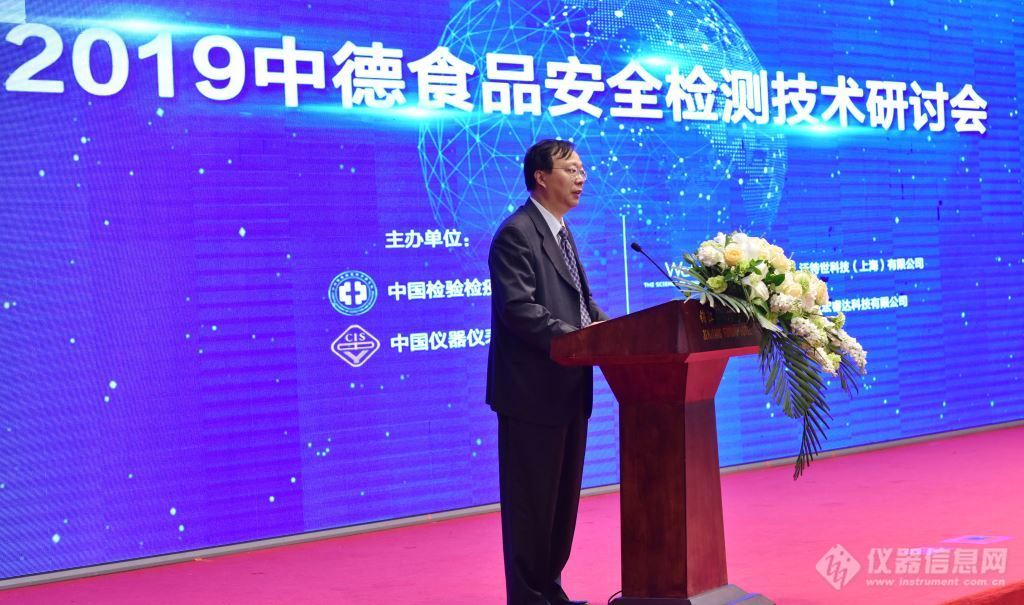
Secretary Zhang Li China Institute of Inspection and Quarantine
Secretary Zhang Li first extended a warm welcome to Professor Andreas, Director of the German Federal Evaluation Institute, and domestic experts and scholars in the same industry, and introduced the long history, scientific research strength and work direction of the German Federal Evaluation Institute and the China Institute of Inspection and Quarantine. Secretary Zhang pointed out that the two research institutions have carried out a series of technical exchanges since signing a memorandum of cooperation in 2009, and the convening of this seminar is not only a continuation of history, but also the opening of a new chapter of cooperation. It is hoped that the two sides will continue to cooperate sincerely and move forward on the basis of the foundation that has been laid, and contribute to the development of the food safety industry in China, Germany and Europe.
2. Speech by German leader
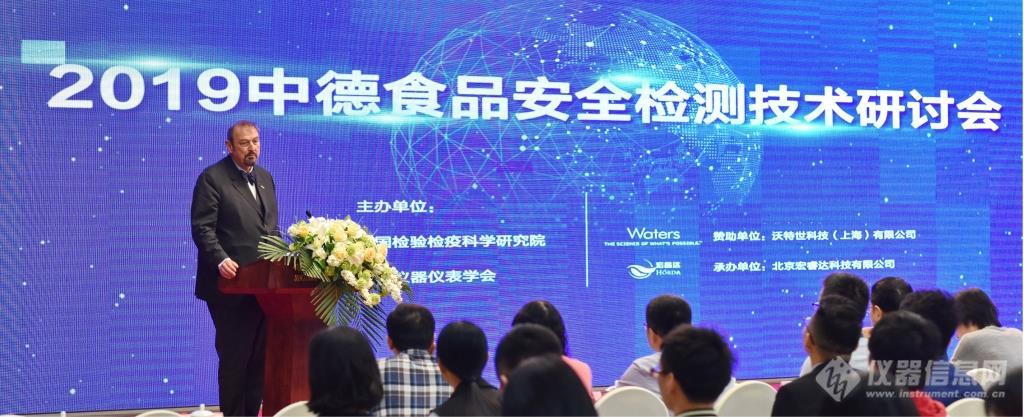
Andreas Hensel Director German Federal Institute for Risk Assessment
Andreas Hensel (Taishan), Director of the German Federal Institute for Risk Assessment, delivered a speech, expressing his great honor to be invited to participate in the Sino-German Food Safety Testing Technology Seminar and looking forward to in-depth exchanges with Chinese counterparts. He also introduced Germany's policy environment and development direction in food safety, emphasized that the coordination and unification of safety and regulatory standards is crucial to global food trade, and expressed his desire and vision for cooperation between China and Germany.
II. Conference Report
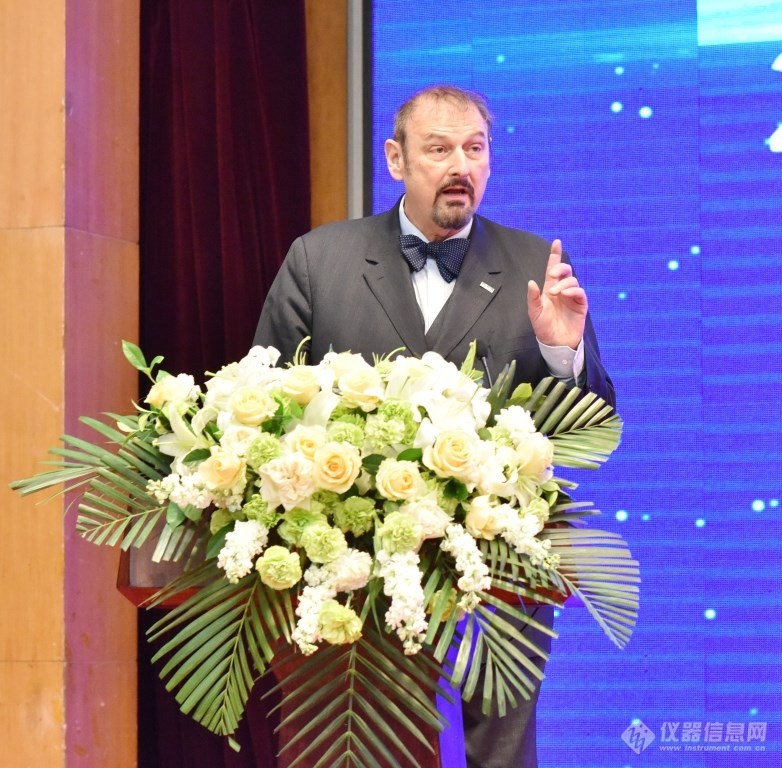
Professor Andreas Hensel German Federal Institute for Risk Assessment
Report title: 1. "Food and Feed Safety System in the EU and Germany"
2.《Standardization and Harmonization- Prerequisite for Feed & Food Safety in Global Trading》
In the first report, Professor Andreas focused on the food and feed safety assurance system in the EU and Germany. The perfect and scientific risk analysis framework not only performs the screening function for potential food and feed safety issues, but also builds a timely and rapid risk warning system (RASFF) and traceability recall system based on the technical support of powerful international joint reference laboratories (EURLs, NRLs) to ensure food safety to the greatest extent. Professor Hensel also introduced the scientific research strength, work undertaken and cooperative institutions of the German Federal Institute for Risk Research (BfR).
In the second report, Professor Andreas emphasized the importance of standardization and coordination to the global food and feed safety trade, and pointed out that there is no market without standards. Taking the maximum pesticide residue MRLs as an example, he explained that before formulating standards, we should first understand the dietary habits of different groups of people in order to comprehensively consider risk assessment. Taking the German E. coli outbreak as an example, which was ultimately traced back to sprouts from Egypt, it is inspiring to everyone that traceability is crucial to the development of food safety emergency solutions. The professor also predicted the deepening development trend of international and global cooperation in the future, and once again emphasized the importance of standardization and coordination.
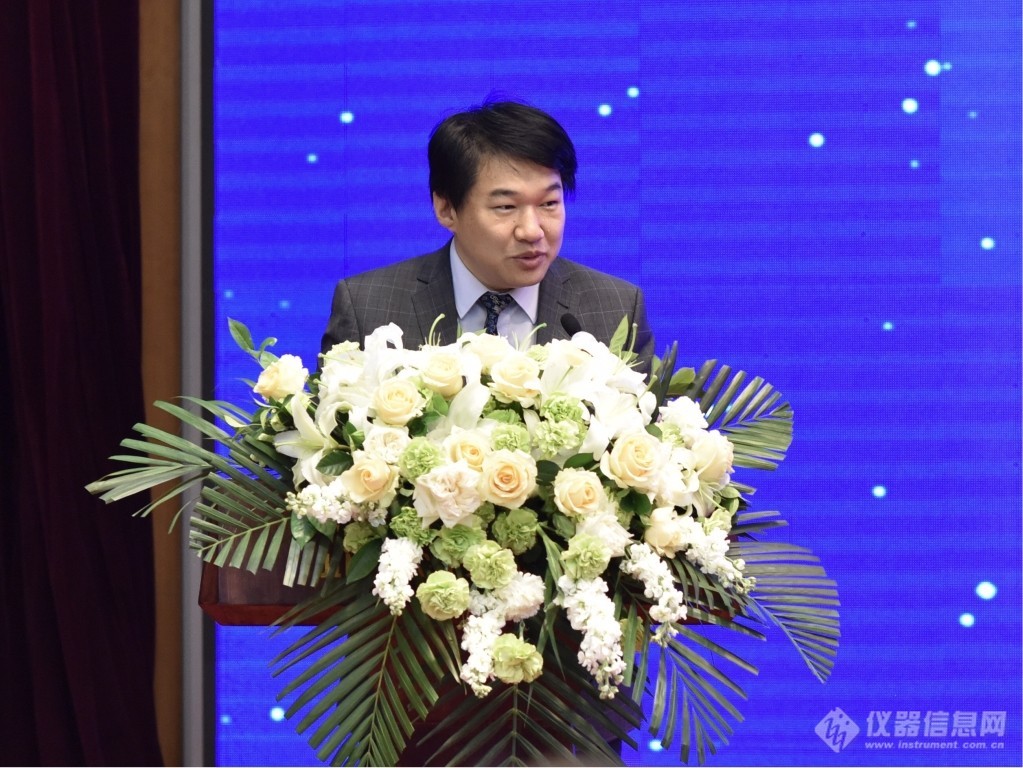
Researcher Zhang Feng Chinese Academy of Inspection and Quarantine
Report title: Food Safety: New Mass Spectrometry Detection Technology
In the report, Zhang Feng explained the importance of food safety and the severity of my country's food safety problems, and focused on mass spectrometry technology, which is known for its high sensitivity, high precision, high accuracy and high resolution in food safety testing. Due to the problems of large solvent consumption, long pretreatment time and cumbersome steps in conventional mass spectrometry methods, his team developed new methods to promote the further development of this technology. The report introduced a series of work done by Zhang Feng's team in the development and application of new mass spectrometry technologies, including (1) food safety mass spectrometry technology, such as the green, safe and pollution-free pretreatment technology with low residual solvent, short extraction time and high extraction efficiency developed based on supercritical extraction-supercritical chromatography tandem mass spectrometry technology (SFE-SFC-MS/MS); the application of ion chromatography tandem pulse amperometry and mass spectrometry technology (IC-PAD/MS/MS) to analyze the composition and content of monosaccharides in polysaccharides; the application of ion mobility technology to the analysis of clenbuterol significantly improved the selectivity of target compounds and significantly reduced matrix noise. (2) food safety mass spectrometry identification technology, such as mass spectrometry screening technology based on marker fragment scanning applied to veterinary drug and additive screening. (3) Food safety mass spectrometry ion source technology, such as direct analysis in real time mass spectrometry (DART-MS) for screening and quantifying residual pesticides in wine. (4) Food safety mass spectrometry imaging technology, applied to carbohydrate analysis in food to control changes in nutritional components during storage and processing. In the report, Zhang Feng also made a forecast on the future development trend of food safety testing technology, pointing out that practical, portable, multifunctional, fast, green, intelligent and real-time online technology will become an inevitable development.
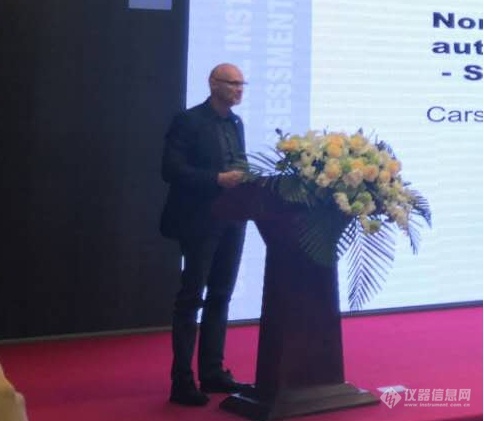
Professor Carsten Fauhl-Hassek German Federal Institute for Risk Assessment
Report title: "Non-targeted Analysis in Food Authentication - Searching the Unknown"
Food adulteration or food authenticity is a global issue that requires our high attention, and the addition of exogenous materials requires our special attention due to its potential health risks, Professor Carsten emphasized in his report. In order to deal with this risk, Professor Carsten's team has also done a lot of related work, such as the use of non-target methods to screen unknown additives and the establishment of food fingerprints. These technologies have been successfully applied to the identification of adulteration of SiO in chili powder, etc. However, the lack of acceptable and recognized verification methods and joint application database solutions is an urgent problem to be solved in this direction.
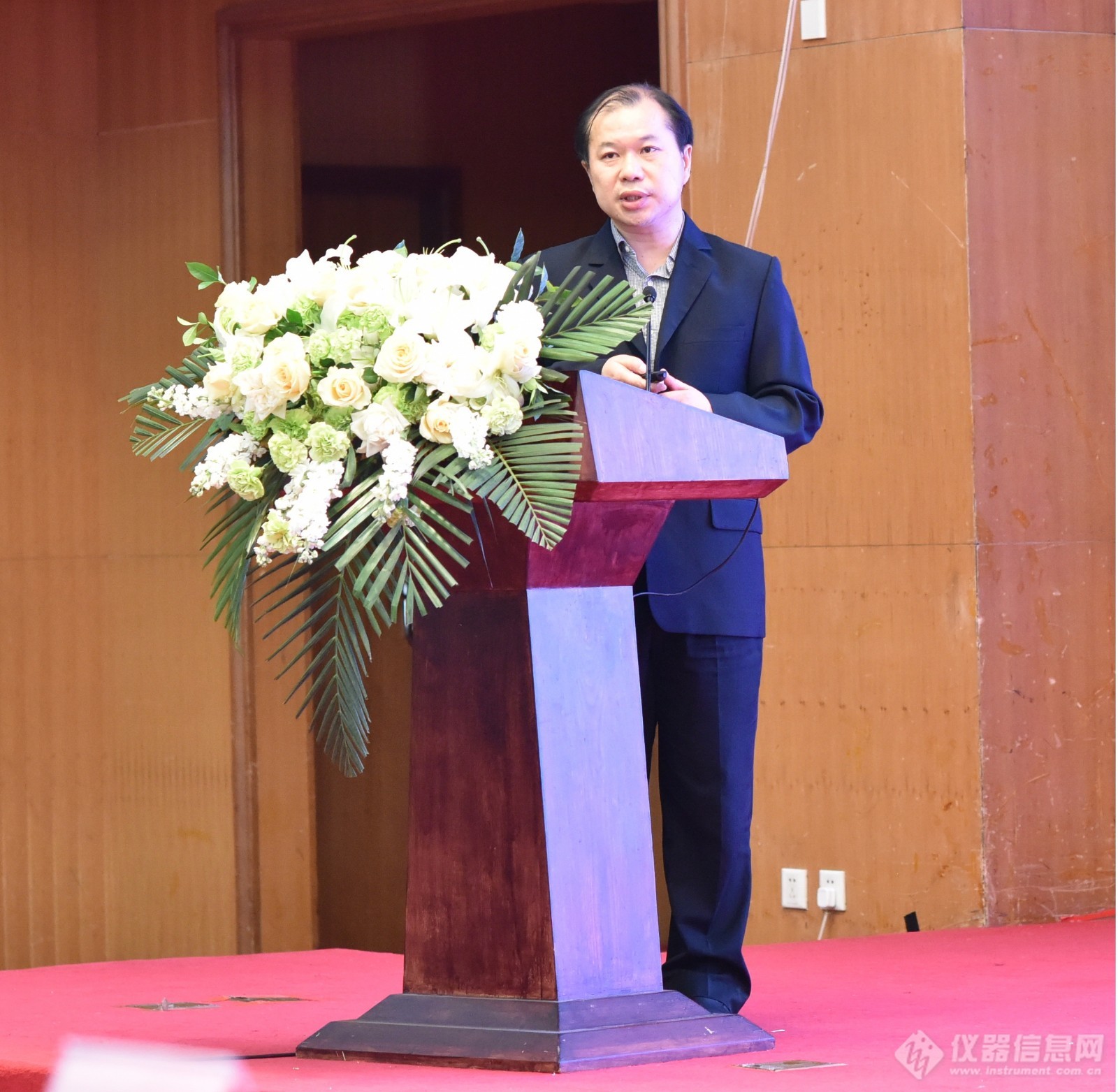
Researcher Shao Bing Beijing Center for Disease Control and Prevention
Report title: "Study on the side effects of chlorine disinfection of benzodiazepines"
Shao Bing's report focused on the characterization of chlorine disinfection byproducts and their exposure levels and toxicological effects in drinking water. The report shared the team's latest research results: (1) Diazepam and its disinfection byproducts are ubiquitous in source water and drinking water, (2) The predicted toxicity of benzodiazepine disinfection byproducts is comparable to that of the prototype drug, (3) Diazepam disinfection byproducts can enter the zebrafish head and nervous system through the blood-brain barrier, (4) Synthesis and NMR characterization of other benzodiazepine disinfection byproducts, and (5) Toxicological effects, environmental presence levels, and health effects of benzodiazepine disinfection byproducts.
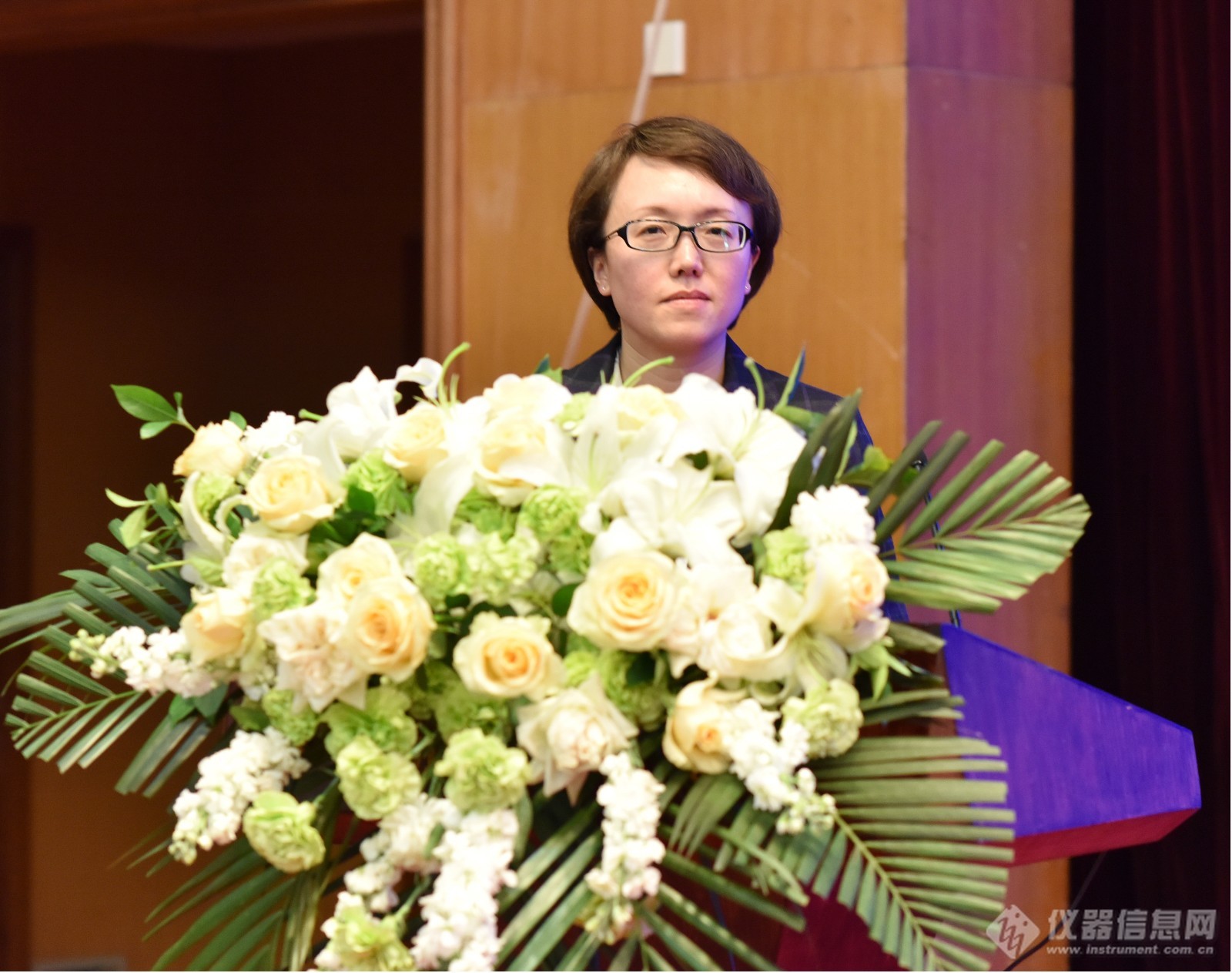
Wu Yajun, Research Fellow, China Institute of Inspection and Quarantine
Report title: Food authenticity testing methods and challenges
The increasing variety of food and the globalization of the food industry have greatly increased the complexity and potential risks of the industrial chain, which in turn has brought more severe challenges to the detection of food authenticity. In order to cope with this situation, Dr. Wu Yajun focused on the following points in his report: (1) Food authenticity protection requires strict legal management, that is, authentic labeling, scientific product certification, a complete traceability system and severe penalties. (2) Food authenticity protection requires strong technical support. On the one hand, the protection system based on analytical technology, such as the national standard system, analytical method technology reserves, national or local sampling plans, etc.; on the other hand, the protection system based on traceability technology, such as certification system (PDO, PGI), Internet of Things, blockchain, brand strategy, etc. Finally, Dr. Wu took the authenticity of dairy products, the second-generation sequencing of instant drinks and the functional evaluation of bee pollen as examples, and explained them in combination with specific analytical detection technologies.
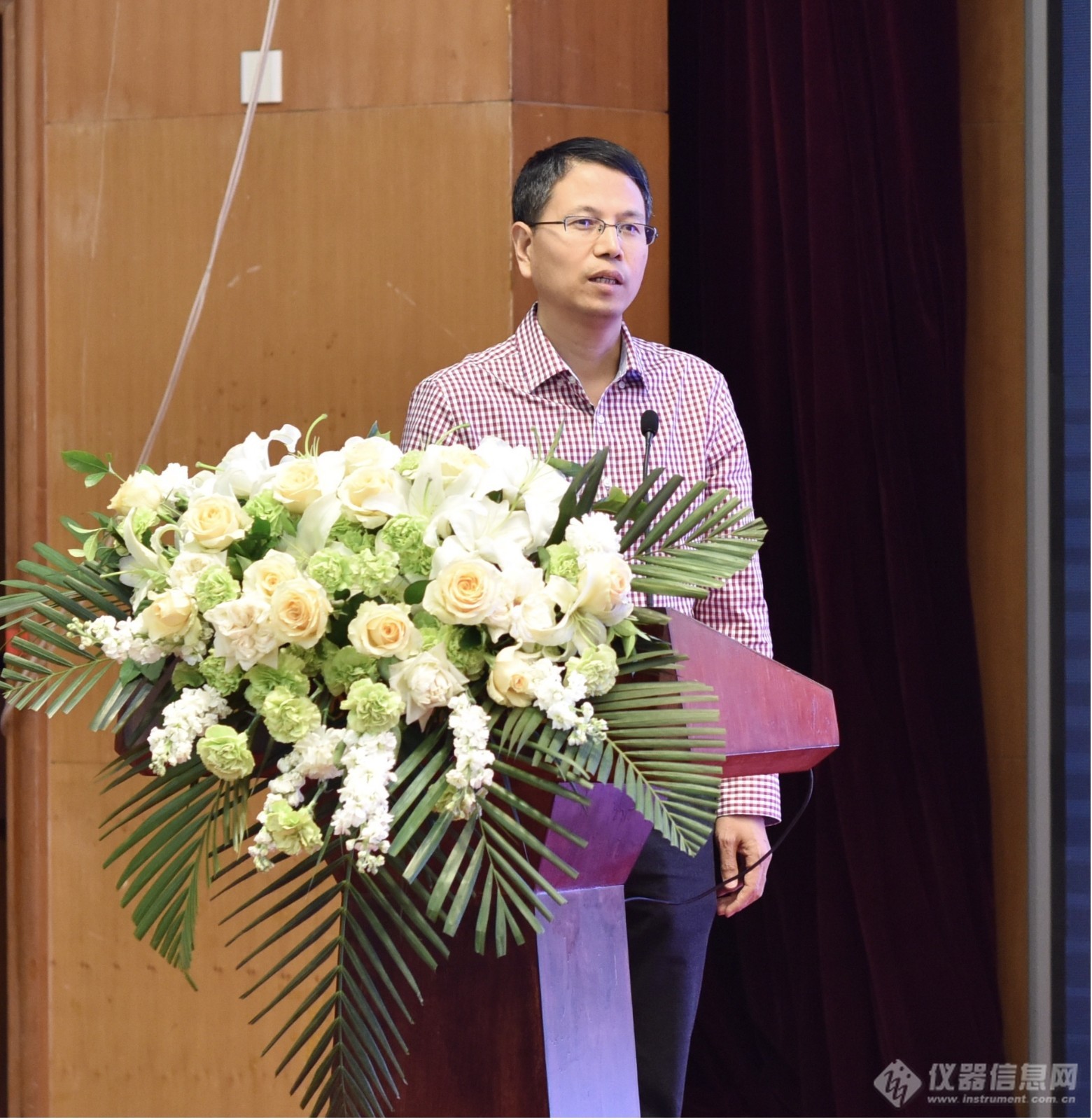
Researcher Yue Zhenfeng Shenzhen Customs Food Inspection and Quarantine Technology Center
Report title: "Discussion on quality control methods for detection of multiple types of veterinary drug residues in food"
In his report, Yue Zhenfeng first introduced the characteristics and difficulties of multi-class veterinary drug residue detection, such as the large differences in the chemical properties of different types of veterinary residues, which make it difficult to extract and detect them at the same time, the large differences in limit standards, and the variety of sample matrices, etc. He also pointed out the limitations of traditional quality control methods, namely, it is difficult to meet the standards for method repeatability, precision and recovery rate at the same time. Finally, he discussed the quality control methods for multi-class veterinary drug residue detection with everyone and gave suggestions. The sensitivity, specificity and robustness requirements for quantitative method verification should be consistent with traditional quantitative methods, but the accuracy and precision verification requirements can be appropriately reduced, and the final test results are corrected by recovery rate. For screening methods, at least sensitivity, specificity and robustness should be verified, and the quality control of the detection process is recommended to refer to SANTE/11813/2017.
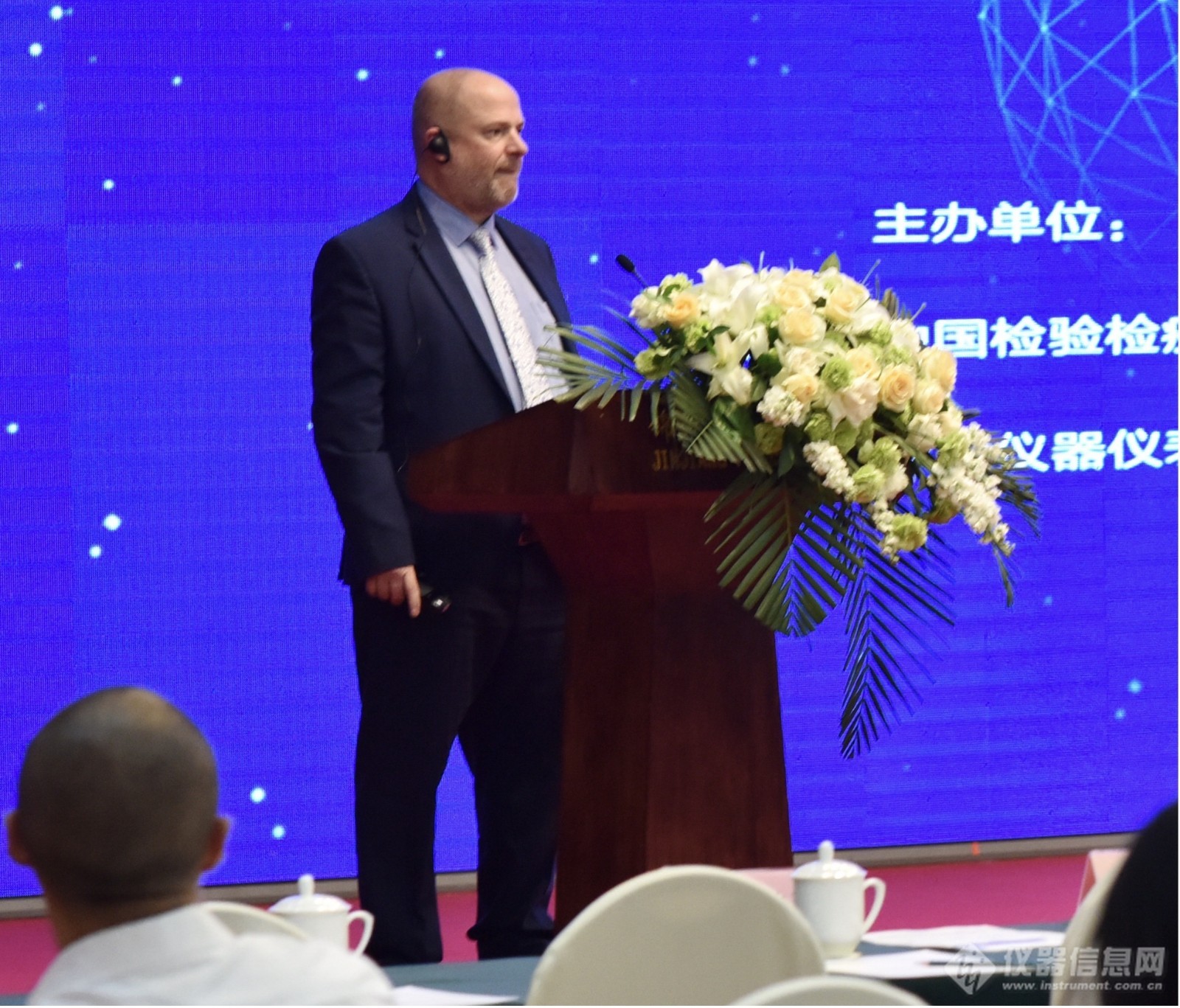
Simon HirdChief ScientistWaters Technology (Shanghai) Co., Ltd.
Report title: "REIMS LiveID: An Emerging Testing Solution to Safeguard the Food Supply Chain"
This report introduces the principles, workflow and related application research of REIMS Live ID from the aspects of technology, software, food authenticity testing, and food quality and safety testing, such as identifying fish species, boar taint and the growth promoter ractopamine.
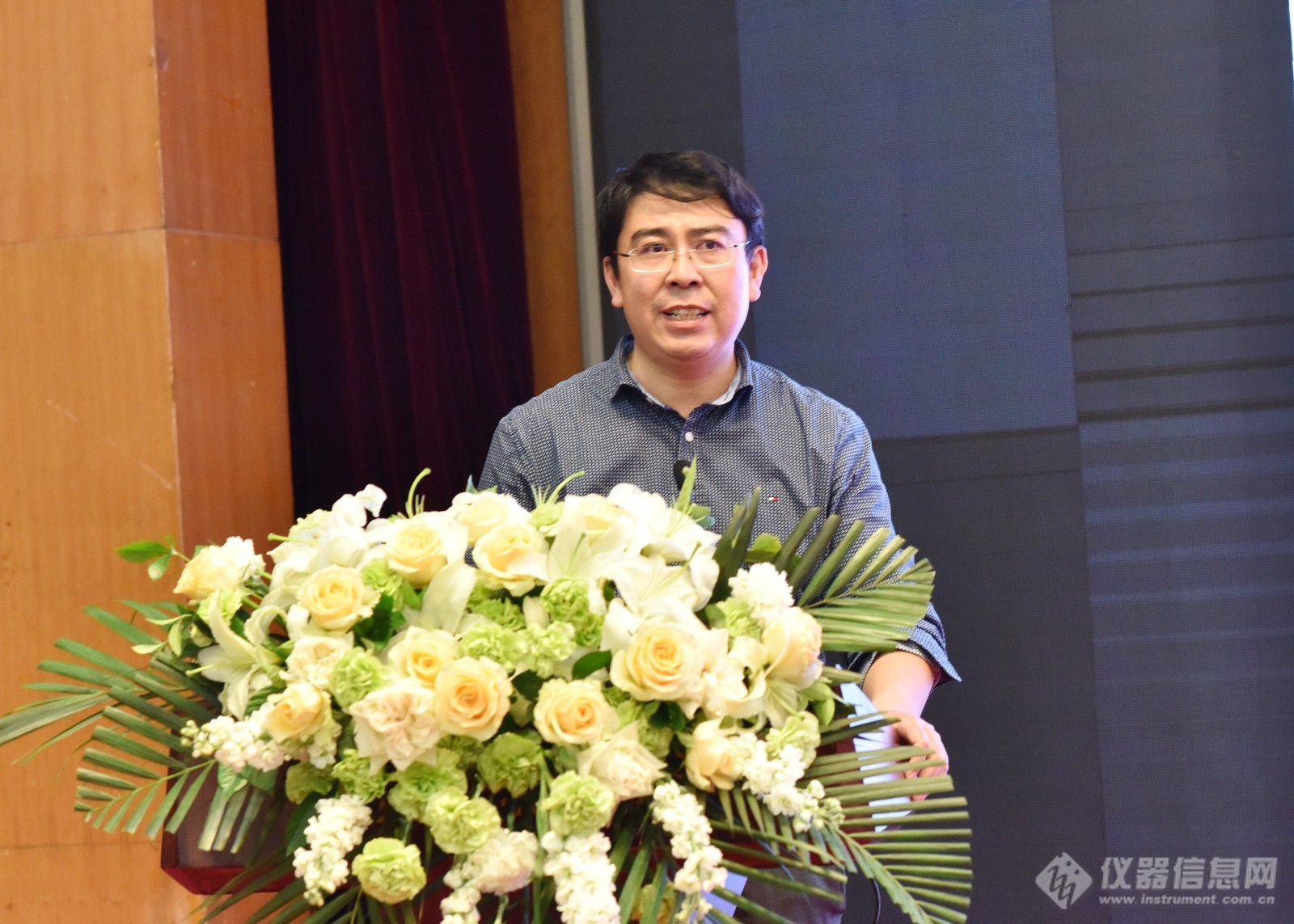
Ma Qiang, Researcher, China Institute of Inspection and Quarantine
Report title: "New Technology for Quality and Safety Testing of Food Contact Materials and Products"
Food contact materials are complex, diverse, have different functions, and are made of various materials. In addition to their own safety, their safety risks also vary with the degree of contact with food, the length of the cycle, and the surrounding environment. Therefore, it is a very complex and systematic regulatory field that requires great attention. In this report, Dr. Ma Qiang introduced the green pretreatment technology, rapid detection technology, and high-throughput screening technology of food contact materials and products, and shared the latest work of the team. For example, an analytical method for determining the migration of perfluorooctanoic acid and perfluorooctane sulfonic acid in food contact materials by ionic liquid dispersed liquid-liquid microextraction-ultra-performance liquid chromatography-tandem mass spectrometry was established, multi-target high-throughput screening, and related detection of surfactants.
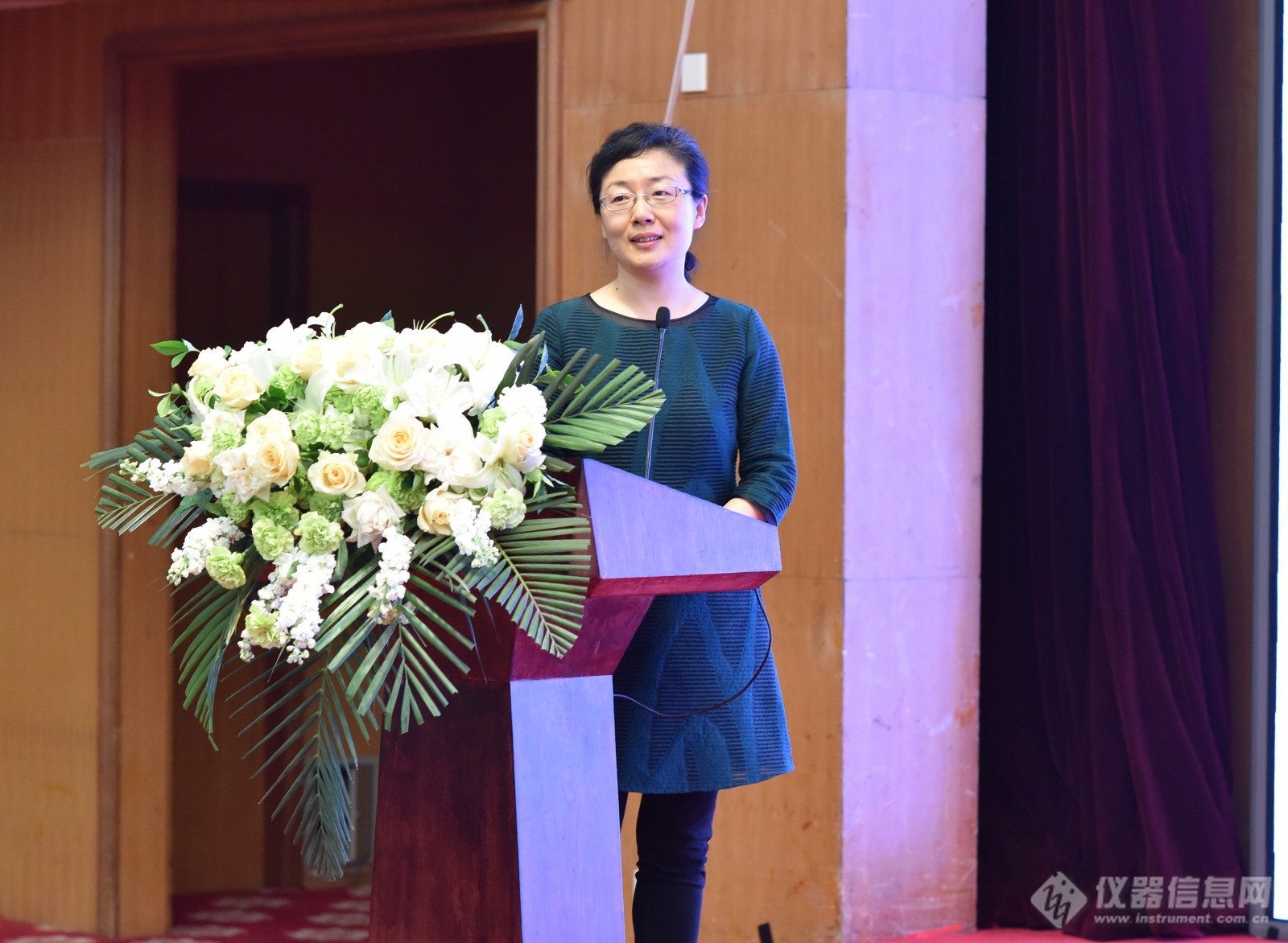
Researcher Bao Lei Nestlé China Food Safety Research Institute
Report title: "Promoting the safety of food raw materials through innovative analytical techniques"
Dr. Bao Lei introduced how to promote the safety of food raw materials through various testing technologies from the perspective of food companies. She pointed out that food companies should pay attention to the use of new microbial, in vitro, cell and other toxicology automated testing technologies for risk assessment of harmful substances, use mild technology to control pathogens, use multi-omics technology to quickly detect bioactive contaminants in products, use various analytical testing technologies to identify pathogenic pollutants, and finally green environmental packaging technology is also a very important area that deserves attention.
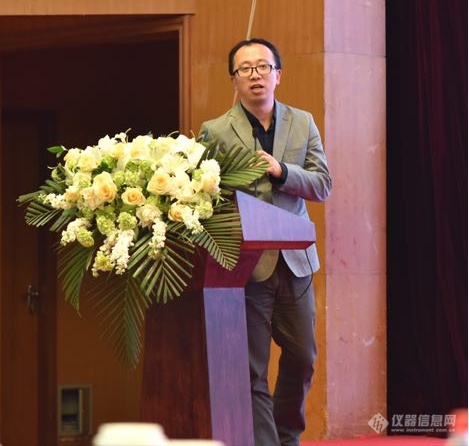
Jia Zhengwei Chief Application Scientist Waters Technology (Shanghai) Co., Ltd.
Report title: "Target Metabolic Screening Approach to Support the Study of Food and Healthy Relationship"
In the report, Jia Zhengwei introduced the research progress and results of the newly developed targeted screening methods for food and biological metabolomics, including the detection and identification methods of carnitine, amino acids, fatty acids, lipids, proteins and other components.
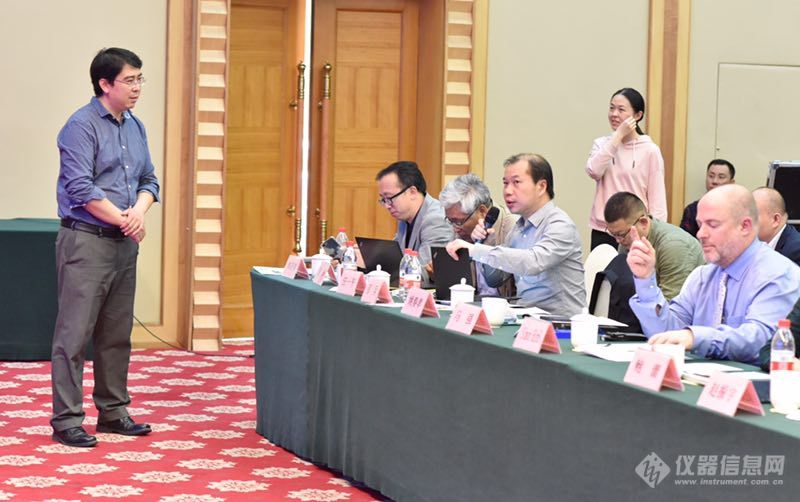
Q&A session at the conference
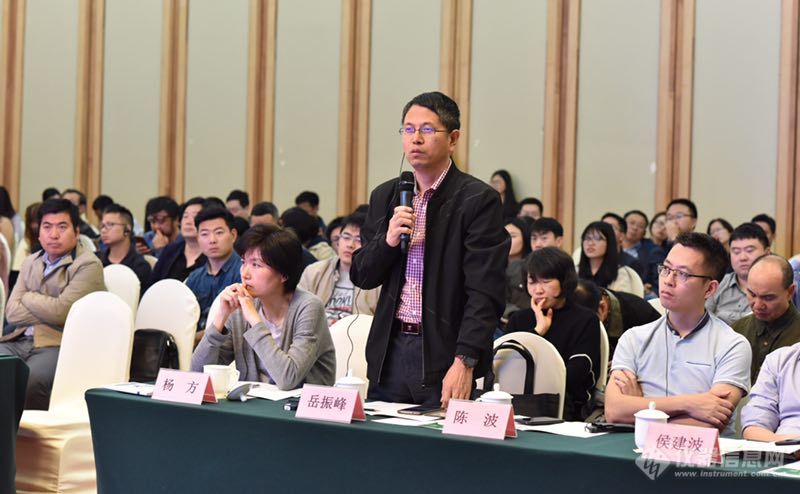 Q&A session at the conference
Q&A session at the conference
[Source: Instrument Information Network] Editor: Niu Yawei
Please leave us a message
Jinan Shengtai Electronic Technology Co., Ltd. is a high-tech enterprise specializing in the research, development, production and sales of new laboratory analytical instruments, online atmospheric monitoring equipment and laboratory intelligent pretreatment equipment.
Log in to view more information
Log in to view more information

